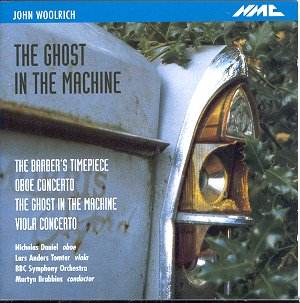 Composer: Richard Wagner
Composer: Richard Wagner
Works: Tristan und Isolde
Performers: Kirsten Flagstad (Isolde), Lauritz Melchior (Tristan), Sabine Kalter (Brangane), Herbert Janssen (Kurwenal), Emmanuel List (King Marke), Frank Sale (Melot), Roy Devereux (Sailor), Octave Dua (Shepherd), Leslie Horseman (Steersman), Chorus of the Royal Opera House, Covent Garden, London Philharmonic Orchestra/Fritz Reiner
Recording: Recorded at Covent Garden during performances on 18th May and 2nd June 1936
Label: NAXOS HISTORICAL 8.110068-70 [3 CDs 209.29]
Wagner’s “Tristan und Isolde,” composed in 1865, stands as a monumental work that not only revolutionized the operatic landscape but also redefined the boundaries of harmonic language and emotional expression. The story, steeped in themes of love, longing, and tragic fate, resonates with the zeitgeist of the early 20th century, a period marked by profound cultural shifts. This specific recording, featuring the illustrious duo of Kirsten Flagstad and Lauritz Melchior, captures a performance at Covent Garden during a pivotal moment in operatic history, offering not just a musical experience but a window into the past.
Fritz Reiner’s conducting merits particular attention; his interpretation is a masterclass in balancing the intricacies of Wagner’s score with the emotional heft of the narrative. Reiner employs a meticulous approach, ensuring that each orchestral layer is rendered with clarity. The London Philharmonic Orchestra, under his direction, demonstrates a remarkable cohesion and responsiveness, delivering Wagner’s lush textures with both power and delicacy. The prelude of Act I, despite being recorded separately, showcases Reiner’s ability to create a sense of yearning that permeates the entire work. The seamless transition into the drama is a testament to the orchestra’s preparedness and Reiner’s vision, as he navigates the complexities of the score with a deft touch that evokes intimacy as much as grandeur.
Flagstad and Melchior, iconic figures in the operatic canon, inhabit their roles with an intensity that is both captivating and heartbreaking. Flagstad’s Isolde is regal yet vulnerable; her descent from a proud princess to a woman consumed by tragic love is rendered with a vocal prowess that defies the limitations of the era’s recording technology. The Love Duet in Act II exemplifies their chemistry, wherein both singers exhibit a profound understanding of the text, illuminating the meaning behind each phrase with palpable emotional weight. Melchior’s Tristan is equally compelling; his powerful tenor conveys the character’s anguish and desperation, particularly in Act III, where he grapples with madness and despair. Their performances not only celebrate the music but also underscore the importance of lyrical expression, a quality that has often been overshadowed in contemporary interpretations.
The technical aspects of this recording reveal the challenges faced in the 1930s. Sound quality, while limited by the era’s technology, does not diminish the impact of the performance. The restoration by Ward Marston has succeeded in enhancing clarity, allowing listeners to appreciate the subtleties in orchestration and vocal nuance. This recording captures the vitality of the live performance, with its imperfections serving as a reminder of the historical context in which it was created. Comparisons with more modern interpretations, such as those led by Furtwängler or Karajan, highlight the unique qualities of Reiner’s approach; his ability to blend grand orchestral moments with intimate chamber-like passages feels remarkably ahead of its time, reminiscent of later interpretations that sought to explore new dimensions of Wagner’s music.
Flagstad and Melchior’s partnership, though brief, leaves an indelible mark on the legacy of “Tristan und Isolde.” Their interpretation remains a benchmark against which all subsequent performances are measured. While the supporting cast offers a varied level of engagement, it is the principal singers who carry the emotional weight of the opera, with Herbert Janssen’s Kurwenal providing solid support, albeit without the same level of memorability as the leading pair. The chorus, while competent, does not rise to the exceptional standard set by the central characters.
This recording, despite its historical constraints, emerges as a vital document of operatic history. It encapsulates not only the performance artistry of Flagstad and Melchior but also the interpretative vision of Reiner, whose insights into Wagner’s complex score resonate through the decades. For anyone interested in the evolution of opera and the enduring power of Wagner’s music, this release is indispensable, enriching our understanding of both the work and the era in which it was performed.



